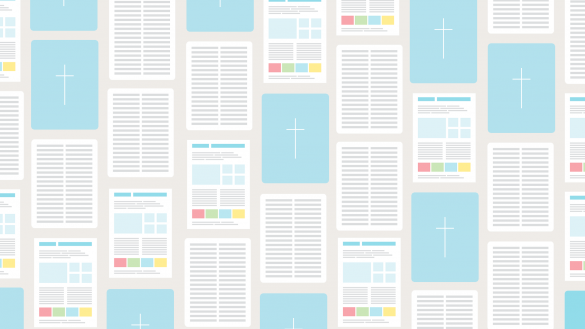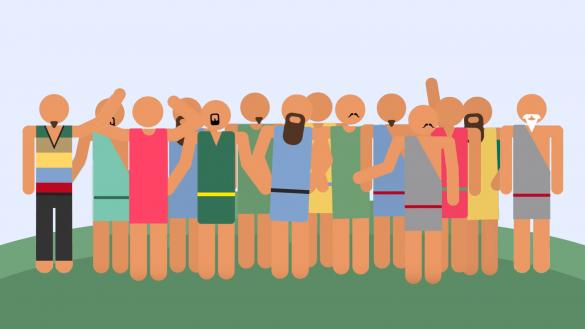This may seem to be an odd question but it is important to ask it. It is particularly important if you are choosing a translation for a child or young adult but is important in other contexts too. It may also be worth thinking about if you are choosing a Bible for yourself.
Some translations are rated as being for people with a reading age of over 16-17. In other words the sentence structure and the words used are complex and sometimes technical. This can make them hard to read for all sorts of people for reasons that are not just to do with how good you are at reading. You may find technical words off putting; long sentences hard (or dull) to plough through or poetic language difficult to understand.
Did you know, by the way, that the average reading age in the UK is 9 years old? So there is no judgement made in stating reading ages, the key really is to find one you enjoy reading. A good simple rule is to ask which newspapers you would be most likely to read. Tabloid newspapers (like the Sun, the Mirror or the Daily Mail) have an average reading age of 8; whereas broadsheets (like the Telegraph or the Guardian have an average reading age of 14).
Many Bible translations have a reading age of 16-17+. It is worth avoiding these if you or anyone in your group might find this hard to understand.
It is worth finding a Bible that you feel comfortable reading and the language it uses may well affect the choice you make.
The question of gender neutral (otherwise known as gender inclusive) language (for example whether the Bible says brothers and sisters or just brothers) is a controversial one.
Some translations attempt to be very gender neutral (like the NRSV) others like the NIV (2011) mildly so. The choice is yours. People feel strongly in both directions so you need to decide what you think about this and look for a Bible that you feel comfortable with.
Decide whether you are someone who cares about this issue (in either direction) if you do look out for a translation that is either inclusive or non-inclusive language on the chart.
Some people find it helpful to consult more than one translation of the Bible, especially if they are studying a particular passage in depth. In this case look for one that tries to be very close to the original text; one that emphases meaning over a literal translation and then one you don’t know well at all (to get a different perspective on what you are reading).
If you decide to do this it is very important to read with your mind alert to the difference between the translations, and with the question always being raised as to why they have translated it differently.
This will be a more important for some denominations than for others.
Most other denominations neither recommend nor forbid any translations but leave it up to personal preference.

Whether you're well versed in Scripture or just starting out on the journey, The Bible Course offers a superb overview of the world’s best-selling book.

Love books? Love book clubs? Welcome to Bible Book Club, helping you read the Bible with your friends – one book at a time. Our helpful guides will give handy background information including tips, discussion questions and some hints for handling those tricky sections. You just need to pick a book, get your friends on board, and get reading! We also have a number of our Bible Book Club guides available in Welsh.

The 'journey through the Bible in 3½ minutes' series
It's a big book – and as well as being a library, it's also it's own story. We've broken that big tale down into three parts, all 3.5 minutes long.